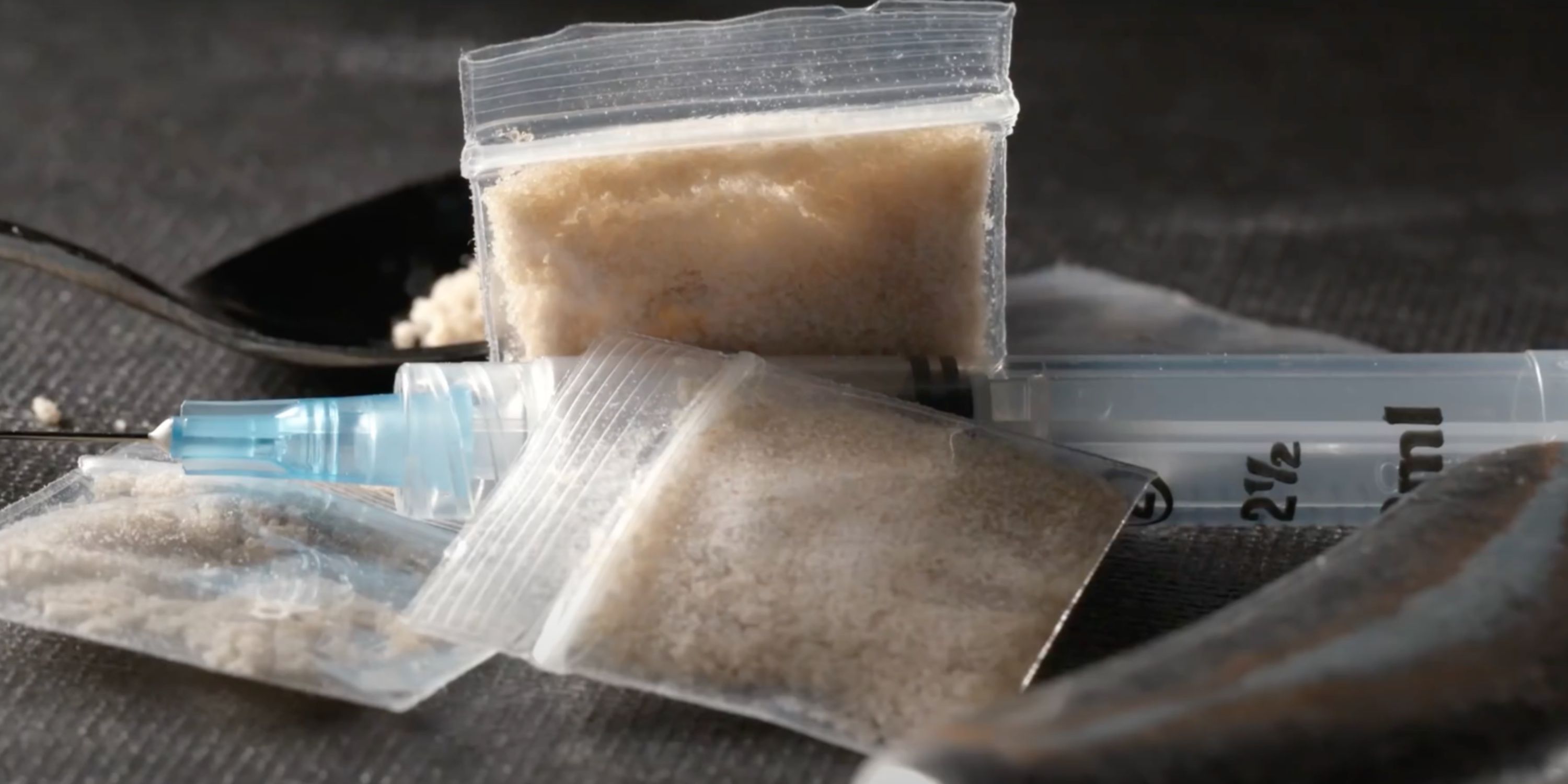Now streaming on Netflix, The Business of Drugs investigates worldwide narcotics trafficking, but doesn’t address how the COVID-19 pandemic has affected the global illicit drug industry. According to a new report, Chinese crime syndicates are now thriving because of various sociopolitical factors in 2020. Incidentally, America’s war on drugs will soon become even more difficult to manage.
The Business of Drugs doesn’t ignore COVID-19, as the Netflix docuseries was produced in various countries before the Coronavirus become a major international problem. Hosted by Amaryllis Fox, the six-part investigation deconstructs the modern production/distribution of cocaine, synthetics, heroin, cannabis, and opioids, and features an episode that’s primarily about the mass production of meth pills in Myanmar — a country in Southeast Asia that borders India, Bangladesh, China, Laos, and Thailand. Fox, a former CIA operative and the daughter of an economist, reveals that she spent part of her childhood in the region, stating “Southeast Asia made me who I am.” She explores the mass distribution of “yaba” pills, and tries to make sense of the conflict through various interviews. After speaking with the former Commander in Chief of the Shan State Army South, Yawd Serk, Fox calls him out in the Netflix docuseries and senses blatant deception.
A May 2020 report by The New York Times reveals that the COVID-19 pandemic has made business easier for the Shan State, an insurgent group in Myanmar. Police are now reportedly “busy with other things,” according to Tin Maung Thein, the district president of the Myanmar Anti-Narcotics Association. Prices have also dropped, and so even more drugs are being produced and sold — a troubling fact that links to The Business of Drugs reveal that compares Myanmar “yaba” production to McDonald’s yearly output of hamburgers. Counternarcotics officials are also concerned about the mass distribution of methyl fentanyl, which suggests that Myanmar is becoming a major player in the worldwide business of drugs.

In The Business of Drugs, Fox suspects the anti-drug campaign she witnesses in Myanmar is a “dog and pony show” that the influential figures are using to deflect public attention from the truth. Drug hauls looks good on camera for government agencies, but the fact remains that a single Myanmar meth lab can produce 10,000 pills per hour, according to Fox’s Netflix docuseries. In Southeast Asia, drug production and distribution continue to thrive because of existing social conditions and the wider accessibility of meth and fentanyl, certainly during the COVID-19 pandemic. The current problem was recently summed up by Jeremy Douglas, the regional representative for the United Nations Office on Drugs and Crime in Southeast Asia:
“Organized crime and drug syndicates look for business environments where there’s government dysfunction or limited government control, as well as easy access to the chemicals… Shan State hits every mark.”
As for the bigger picture, Douglas believes that the mass production of meth and fentanyl in Myanmar will ultimately translate to the business of drugs in Mexico and America. In fact, it could make the inherent violence of the underworld drug trade even more chaotic and complex if Asian dealers “move in” on their Western counterparts. Douglas states that this new conflict could become “a direct threat to our public health,” which will undoubtedly be addressed in the the next installment of The Business of Drugs.




